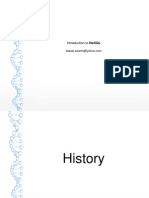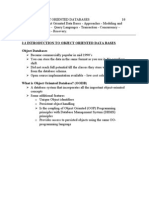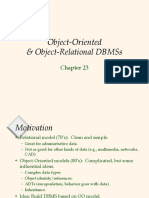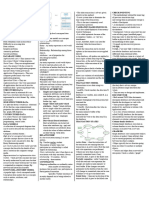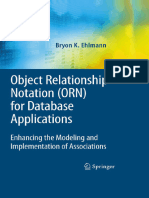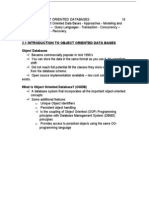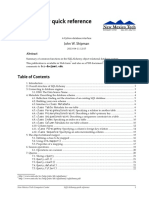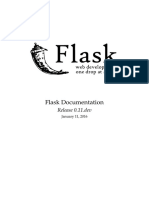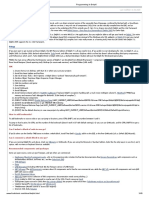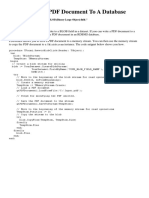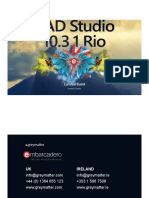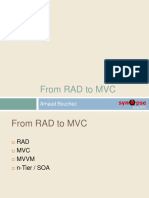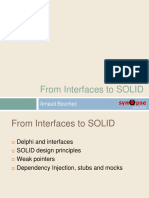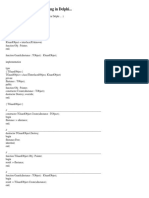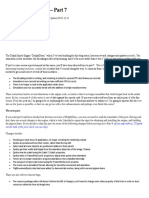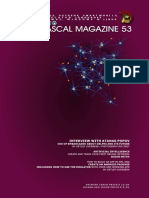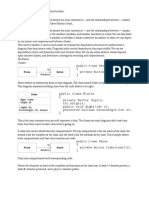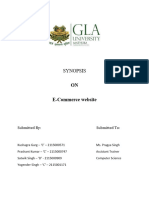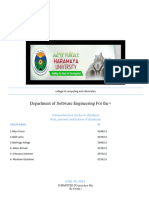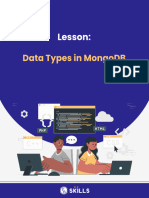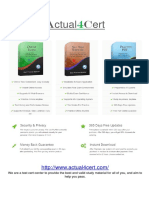0% found this document useful (0 votes)
97 views77 pagesA3 From SQL To ORM
The document discusses the transition from SQL databases to NoSQL databases and object-relational mapping (ORM). It covers SQL and relational databases, different types of NoSQL databases like document, key-value, and graph databases. It then discusses data modeling differences between SQL and NoSQL. The document also provides an overview of ORM, how it maps objects to SQL databases, and benefits like abstracting away the SQL. Finally, it discusses object document mapping (ODM) and a RESTful ORM/ODM framework called mORMot.
Uploaded by
MarceloMoreiraCunhaCopyright
© © All Rights Reserved
We take content rights seriously. If you suspect this is your content, claim it here.
Available Formats
Download as PDF, TXT or read online on Scribd
0% found this document useful (0 votes)
97 views77 pagesA3 From SQL To ORM
The document discusses the transition from SQL databases to NoSQL databases and object-relational mapping (ORM). It covers SQL and relational databases, different types of NoSQL databases like document, key-value, and graph databases. It then discusses data modeling differences between SQL and NoSQL. The document also provides an overview of ORM, how it maps objects to SQL databases, and benefits like abstracting away the SQL. Finally, it discusses object document mapping (ODM) and a RESTful ORM/ODM framework called mORMot.
Uploaded by
MarceloMoreiraCunhaCopyright
© © All Rights Reserved
We take content rights seriously. If you suspect this is your content, claim it here.
Available Formats
Download as PDF, TXT or read online on Scribd
/ 77





